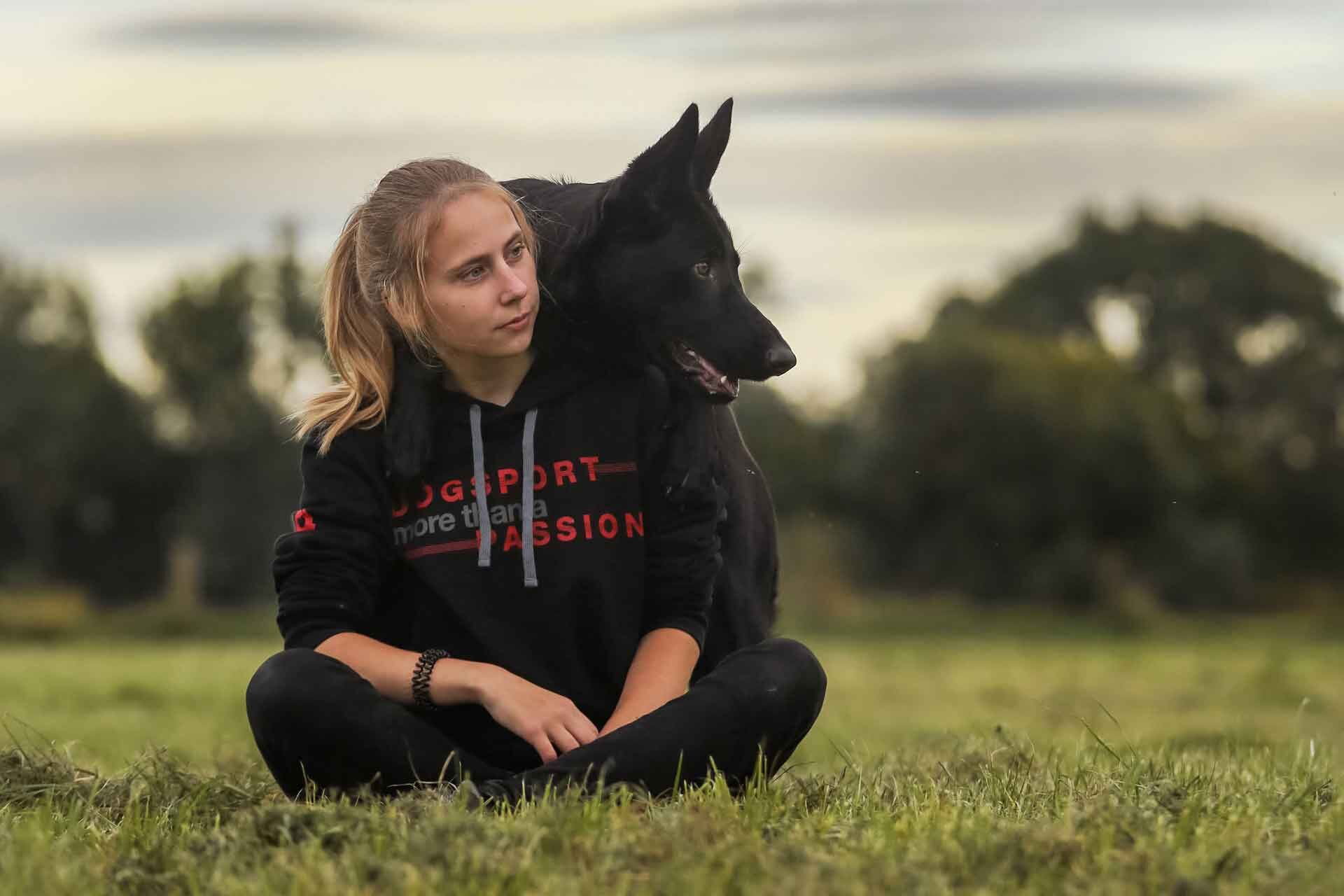A few days ago, an uproar within the Dogsport Community started to grow. Why? Because one of the most renowned dog trainers in Germany, Martin Rütter, discussed IGP and Mondioring in a public podcast. Why is this significant? Simply, because Martin Rütter has a broad reach throughout German society opening way to discussions with people who probably didn't even know about the existence of the sport, much less about the reason they exist, their benefits and their role in maintaining working-dogs used by public authorities.
The statements that struck us in this regard included that 1. IGP (feel free to replace with any other bitesport) turns dogs into dangerous weapons; and 2. IGP or any other bitesport does not have a reason to exist in today's times.
With respect to Statement 2. things are simple: in Germany, as in other countries, Police, Military and other public authorities rely on working-dogs and their capacity to fulfill their jobs. This requires an adequate education but also that the working-dog breeds used are capable when it comes to their physical and mental abilities. Both, police and military in Germany make it clear that they rely on the "masses" active in dogsport for good breeding. That is the historical origin for Schutzhund-Sport which remains valid as long as we have and require K9s for Police, Military and public authorities.
Now as to our bitesport dogs made to weapons: this is something commenly discussed when people talk about our sports and you usually get lots of opinions and much less facts. Fortunate for us, a certain Roman Mikus came out with his PhD-thesis in 2006 under the title: "Statistical evaluation of expert reports on dogs involved in biting incidents in Bavaria". The author evaluated all reported bite incidents from many angles, including the education level of the involved dogs:
"... 87.6% of the dogs involved are family dogs or regarded as "life companions" by their owners. A possible reason for the frequent occurrence of these dogs in connection with bite incidents could be the lack of leadership, guidance and control of the dog. (p. 65)" ...
" ... dogs that had attended a dog school were the second most reported dogs (males 34.5%, females 22%). .. GOLD examined 16 dog schools in Bavaria and found out that the majority of the trainers at the dog schools had acquired their qualifications mainly through seminars and internships and are not specialized in problem dogs. (p. 66) "
"Dogs that were trained as protection dogs (IGP) were underrepresented (males 2.2%; bitches 0%). This shows that well-trained sports and protection dogs do not represent any potential danger. (p.66)".
These numbers speak all we need to know. Of course, we would prefer numbers and evaluations from last year and we will hopefully have them some day. Having said that, these numbers are out there, they cannot be ignored and there is very little reason why they should have changed against our favor, taking into account that training methods are turning more modern by the day while the number of people active in bitesports is getting smaller.
Lesson learned from this podcast: let's talk about our sport, why it exists, what our working dogs are capable of, the tasks they have in our society (including drug and explosive detection, protection, search of lost people and much more). #speakup4oursport

